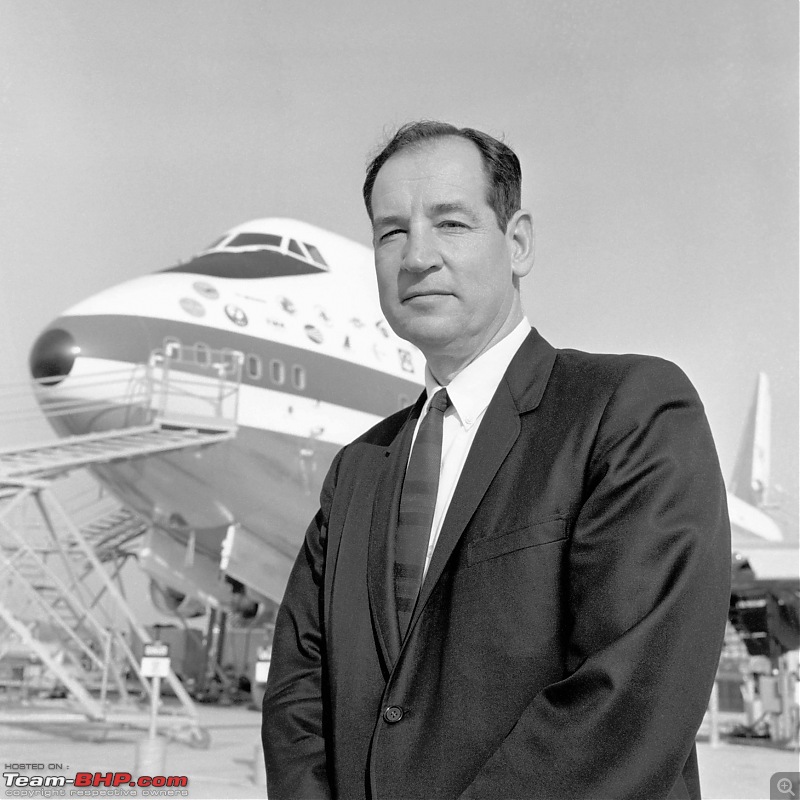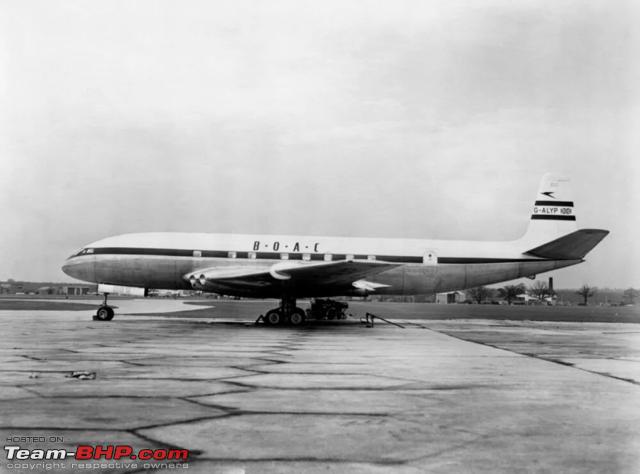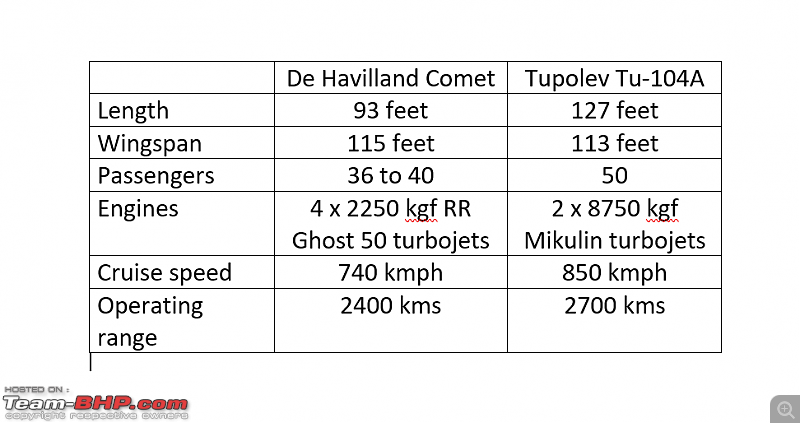| | #196 |
| Distinguished - BHPian  Join Date: Jun 2012 Location: BengaLuru
Posts: 5,658
Thanked: 19,403 Times
| |
| |
| |
| | #197 |
| Distinguished - BHPian  Join Date: Aug 2014 Location: Delhi-NCR
Posts: 4,071
Thanked: 64,304 Times
| |
| |  (12)
Thanks (12)
Thanks
|
| | #198 |
| Distinguished - BHPian  Join Date: Aug 2014 Location: Delhi-NCR
Posts: 4,071
Thanked: 64,304 Times
| |
| |  (18)
Thanks (18)
Thanks
|
| | #199 |
| BHPian Join Date: Aug 2017 Location: Leeds
Posts: 936
Thanked: 2,259 Times
| |
| |  (1)
Thanks (1)
Thanks
|
| | #200 |
| Distinguished - BHPian  Join Date: Aug 2014 Location: Delhi-NCR
Posts: 4,071
Thanked: 64,304 Times
| |
| |  (4)
Thanks (4)
Thanks
|
| | #201 |
| Distinguished - BHPian  Join Date: Aug 2014 Location: Delhi-NCR
Posts: 4,071
Thanked: 64,304 Times
| |
| |  (3)
Thanks (3)
Thanks
|
| | #202 |
| Senior - BHPian Join Date: Sep 2019 Location: Pune
Posts: 2,486
Thanked: 7,461 Times
| |
| |  (2)
Thanks (2)
Thanks
|
| | #203 |
| Senior - BHPian | |
| |  (1)
Thanks (1)
Thanks
|
| | #204 |
| Distinguished - BHPian  | |
| |  (5)
Thanks (5)
Thanks
|
| | #205 |
| BHPian Join Date: Dec 2008 Location: Bangalore
Posts: 542
Thanked: 1,204 Times
| |
| |  (7)
Thanks (7)
Thanks
|
| | #206 |
| Distinguished - BHPian  Join Date: Aug 2014 Location: Delhi-NCR
Posts: 4,071
Thanked: 64,304 Times
| |
| |  (2)
Thanks (2)
Thanks
|
| |
| | #207 |
| BHPian Join Date: Jun 2021 Location: Bangalore
Posts: 95
Thanked: 250 Times
| |
| |  (1)
Thanks (1)
Thanks
|
| | #208 |
| BHPian Join Date: Jun 2017 Location: KL08/KL46
Posts: 433
Thanked: 1,689 Times
| |
| |
| | #209 |
| Senior - BHPian Join Date: Sep 2019 Location: Pune
Posts: 2,486
Thanked: 7,461 Times
| |
| |
| | #210 |
| BHPian Join Date: Feb 2012 Location: Ghaziabad
Posts: 764
Thanked: 2,856 Times
| |
| |  (2)
Thanks (2)
Thanks
|
 |
Most Viewed



















